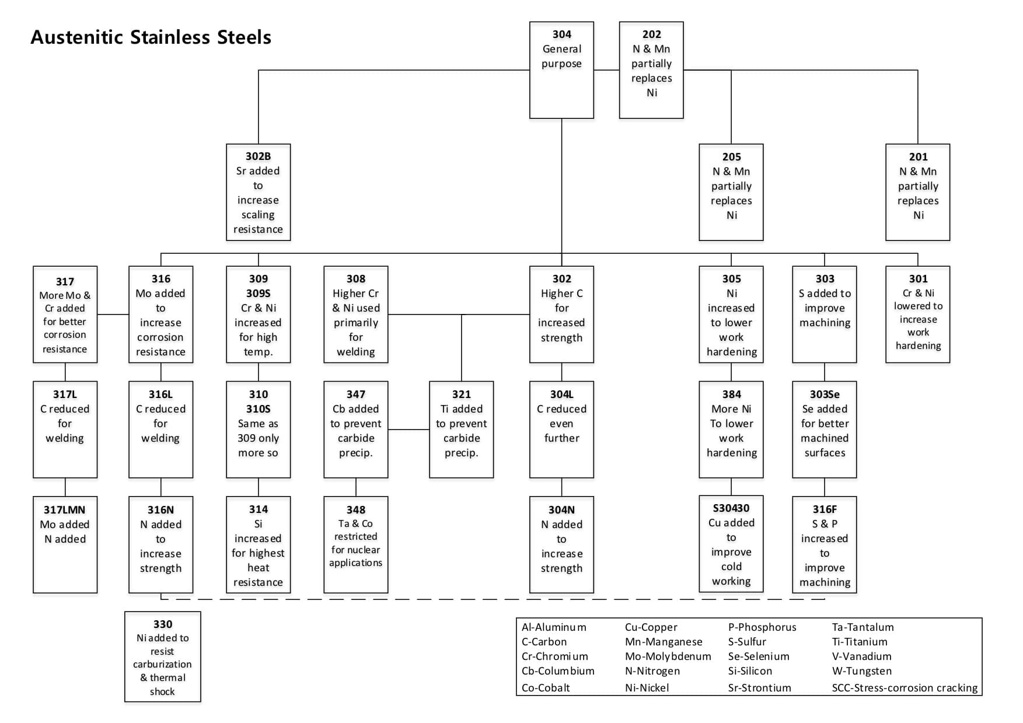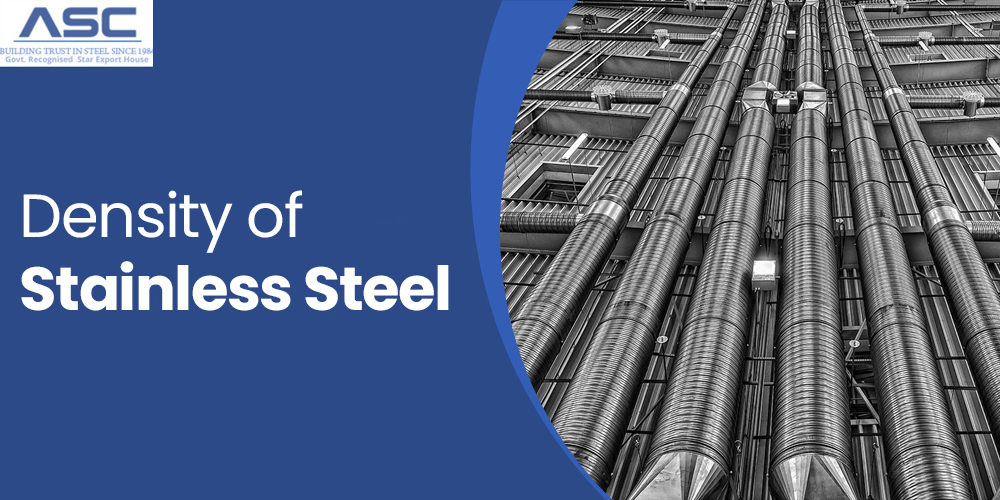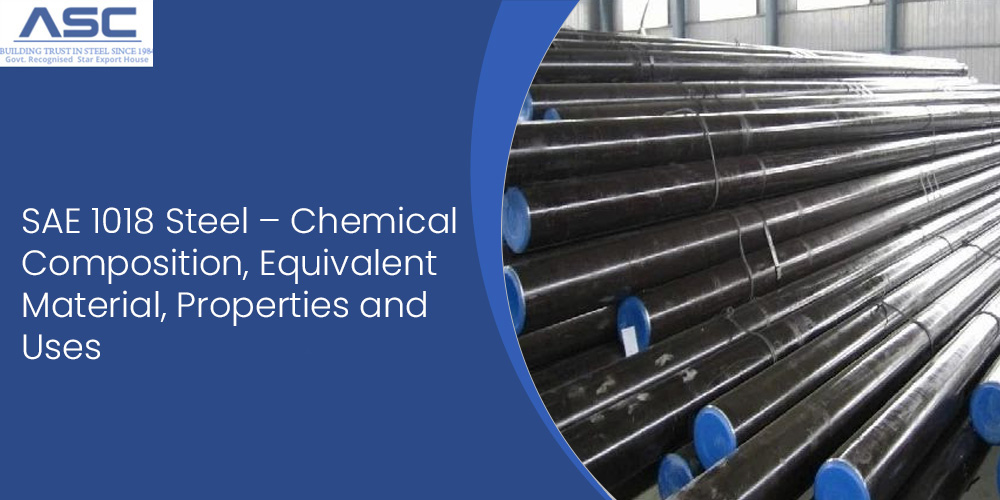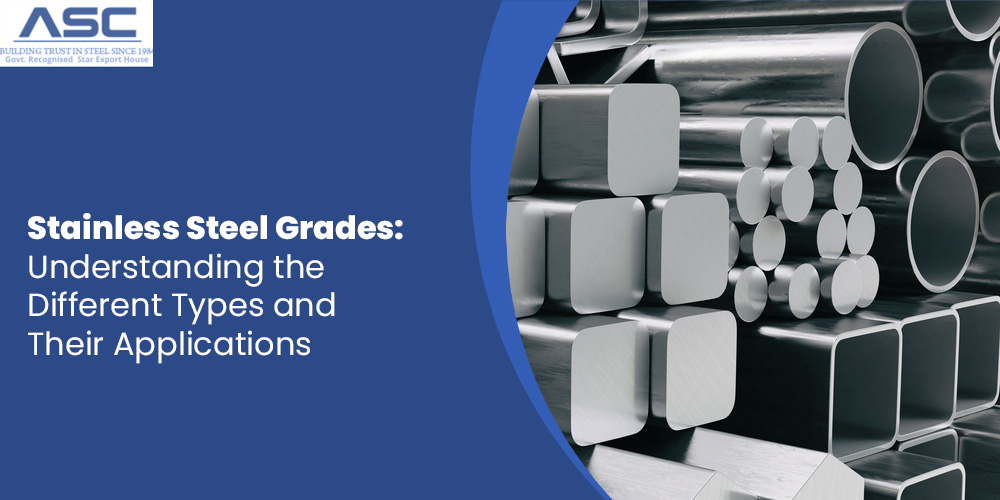Stainless Steel Grades and Families: Everything You Need to Know
by AMC
Posted on June 27, 2024 at 01:00 PM

Stainless steel is popular for its versatility, durability, and affordability. However, it's important to know that stainless steel is not just one type of metal.
Stainless steel gets its rust-resistant properties mainly from chromium, but there are many different combinations of metals that make up stainless steel.
When choosing stainless steel for your needs, it's important to know which type is best for your product.
Here are some common types and key points to consider...
Stainless Steel Identifiers: Understanding the Different Types
There are two main labels you'll see on most stainless steel alloys:
- Families
- Grades
But what can these labels tell you about the alloys?
A lot, if you know what to look for...
Stainless Steel Families: Four Types with Unique Properties
Families of stainless steel refer to specific properties and the mix of metals in the alloy. Stainless steel is grouped into four main families:
- Austenitic Stainless Steel
- Ferritic Stainless Steel
- Duplex Stainless Steel
- Martensitic & Precipitation Hardening Stainless Steel
However, the family alone doesn't tell the whole story. To fully understand the differences between types of stainless steel, you also need to look at its grade.
Stainless Steel Grades
Within each family of stainless steel, there are various stainless steel grades that describe specific properties like toughness, magnetism, rust resistance, and alloy composition.
Older grades often have a three-digit code from the Society of Automotive Engineers (SAE).
In North America, you might also see grades identified with a six-character code from the American Society for Testing and Materials (ASTM). These are called Unified Number System (UNS) identifiers. You can find a complete list of common identifiers here.
In many cases, UNS identifiers start with the same three numbers as their AISI equivalent.
There are also grading systems from:
- British Standards (BS)
- International Organization for Standardization (ISO)
- Japanese Industrial Standards (JIS)
- European Standard (EN)
- German Standard (DIN)
- Chinese Standard (GB)
Because there are so many different standards and grading systems, it can be hard to get detailed information about a specific alloy's composition from its grade alone.
For example, 304 stainless steel by the SAE standard might also be known as:
- EN number: 1.4305
- EN name: X8CrNiN18-9
- UNS: S30400
- DIN: X5CrNi18-9, X5CrNi18-10, X5CrNi19-9
- BS: 304S 15, 304S 16, 304S 18, 304S 25, En58E
- JIS: SUS 304, SUS 304-CSP
However, to get a specific stainless steel grade designation, the alloy must meet strict requirements set by the organization that maintains the standard.
For example, 304 stainless steel according to SAE standards must contain:
- 18% to 20% Chromium
- 8% to 10.5% Nickel
- 0.08% Carbon
- 2% Manganese
- 0.75% Silicon
- 0.045% Phosphorus
- 0.03% Sulfur
- 0.1% Nitrogen
Each change to the alloy's composition affects its performance in various ways.
Characteristics of Common Stainless Steel Families and Grades
When you combine a family and grade, you can understand what to expect from a specific stainless steel alloy.
You can learn about properties like magnetism, toughness, corrosion resistance, and heat resistance.
There are too many types to list individually, but these general categories give an idea of what to expect within each family and the common grades requested.
Austenitic
This is the most popular and widely used family of stainless steel. It often includes chromium and nickel. Some grades also have manganese and molybdenum.

Austenitic
- Austenitic stainless steel is non-magnetic when it is solution annealed, but some grades become magnetic when cold worked. Heat-based hardening does not work with these types of steel.
- They offer excellent resistance to corrosion and creep and are great for welding.
- Popular grades of austenitic stainless steel include 303, 304, 316, 310, and 321.
Ferritic
- Ferritic stainless steel is one of the most cost-effective families because it has lower nickel content.
- These alloys often contain chromium, molybdenum, niobium, and/or titanium to improve toughness and creep resistance.
- Most ferritic steels are magnetic and offer good resistance to corrosion and are easy to weld.
- They are commonly used in indoor applications like kitchenware or in places where appearance is less important than cost and performance, like exhaust systems.
- Common grades of ferritic stainless steel include 409 and 430.
Duplex
- This family includes many of the newest and unique alloys.
- Duplex grades combine properties from both austenitic and ferritic stainless steels.
- The characteristics vary depending on the alloy, as many are designed to meet specific industrial needs, such as weight, toughness, and higher strength. Most duplex steels offer good weldability and formability compared to other families.
- Some duplex grades have better resistance to corrosion, especially chloride-resistant types, which are popular for offshore use.
- Common duplex alloys include 318L, LDX 2101, LDX 2304, 2507, and 4501 (also known as 25CR super duplex).
Martensitic & Precipitation Hardening
- Martensitic and precipitation hardening steels are the least common of the four main stainless steel families, but they are popular for applications that need a precise, hardened edge.
- Thanks to added carbon, these steels can be tempered and hardened, making them a top choice for knives, scissors, razors, and medical tools.
- These alloys offer moderate to good resistance to corrosion and stay magnetic after hardening.
- Common grades of martensitic and precipitation hardening steels include 410 and 420.
ASTM A29 Heat Treatment
| Alloy Group | Magnetic Response | Work Hardening Rate | Corrosion Resistance | Hardenable | Ductility | High Temperature Resistance | Low Temperature Resistance | Weldability |
|---|---|---|---|---|---|---|---|---|
| Austenitic | Generally No | Very High | High | By Cold Work | Very High | Very High | Very High | Very High |
| Duplex | Yes | Medium | Very High | No | Medium | Low | Medium | High |
| Ferritic | Yes | Medium | Medium | No | Medium | High | Low | Low |
| Martensitic | Yes | Medium | Medium | Quench & Temper | Low | Low | Low | Low |
| Precipitation Hardening | Yes | Medium | Medium | Age Harden | Medium | Low | Low | High |
Final Thoughts
From decorative structures to heavy-duty industrial applications, stainless steel serves a wide range of purposes. Knowing the distinct qualities of various stainless steel alloys is crucial for ensuring durability, safety, and cost-effectiveness.
Amardeep Steel has been proudly serving India for over 20 years, catering to various industries. Whether you need stainless steel pipe & tube, plates & sheets, flanges & fittings, or other stainless steel products, we are here to support the success of your next project. Contact us today to discuss your requirements.

The Density of Stainless Steel: Everything You Must Know
Stainless steel, a true marvel in the world of metallurgy, owes its versatility to a unique blend of properties.

